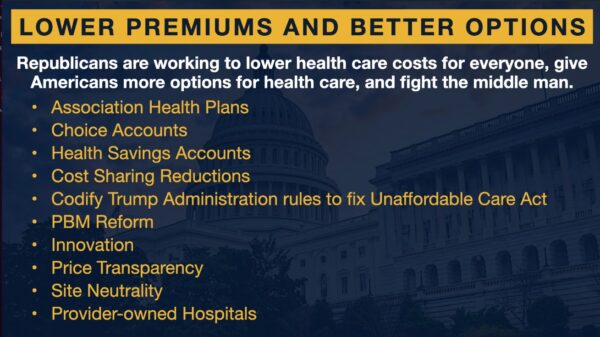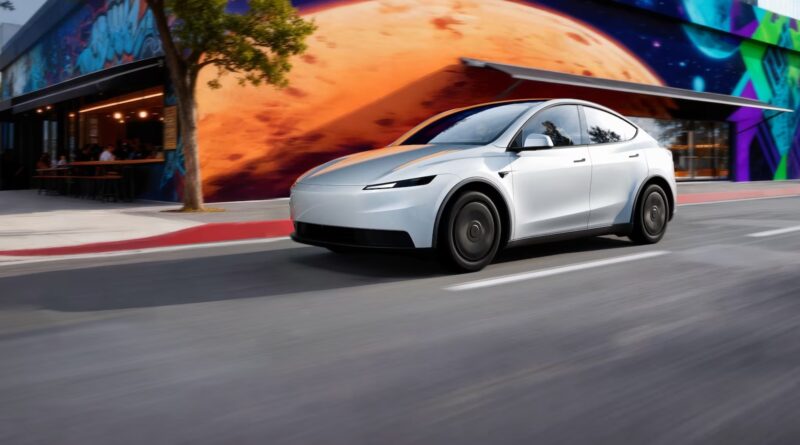Tesla has launched the new Model 3 Standard and Model Y Standard, generating a mix of excitement and disappointment within the electric vehicle (EV) community. The latest models showcase significant improvements in range but have not met expectations regarding pricing, particularly for those hoping for a lower-cost entry into Tesla ownership.
Range Improvements Highlighted
One of the most notable advancements in the new Tesla models is the increase in EV range. The Model 3 Standard boasts an impressive 321 miles of range, significantly higher than the 240 miles offered by the Model 3 Standard Range Plus from August 2019. This change highlights how battery technology has progressed, even as overall prices of goods continue to rise due to inflation.
While some features have been removed from the new Model 3 Standard to accommodate its lower price point, the improved range remains a strong selling point. This upward trend in range is not unique to Tesla; many manufacturers are enhancing their EV offerings as the market continues to evolve.
Pricing Concerns Arise
Despite the advancements in technology, many potential buyers are expressing disappointment regarding the new pricing structure. The base prices for the Model 3 Standard and Model Y Standard are set at $37,000 and $40,000, respectively. These prices are surprising to those who anticipated a lower-cost model, particularly the much-discussed $25,000 Tesla that has yet to materialize.
Critics argue that these new models are not accessible enough for a broader market, especially when considering that the $7,500 federal tax credit is no longer available for these models. This situation raises concerns about whether these vehicles will attract first-time EV buyers or simply cannibalize sales from existing models.
With the current pricing, many consumers might find better value in the used Tesla market, where they can purchase higher-spec models for less. Furthermore, alternatives like the new $30,000 Nissan LEAF present competitive options for budget-conscious buyers.
Analysts suggest that while some customers will still opt for the new Model 3 and Model Y, the potential for significant sales increases may be limited. Questions remain about whether Tesla can maintain its sales momentum, particularly as the fourth quarter approaches.
Overall, the response to the latest offerings reflects a broader sentiment among Tesla enthusiasts and investors alike. Many anticipated that the company would provide a more cost-effective path to ownership, which has not materialized. As Tesla navigates this evolving landscape, the impact on sales figures and market perceptions will be closely monitored in the coming months.






































































